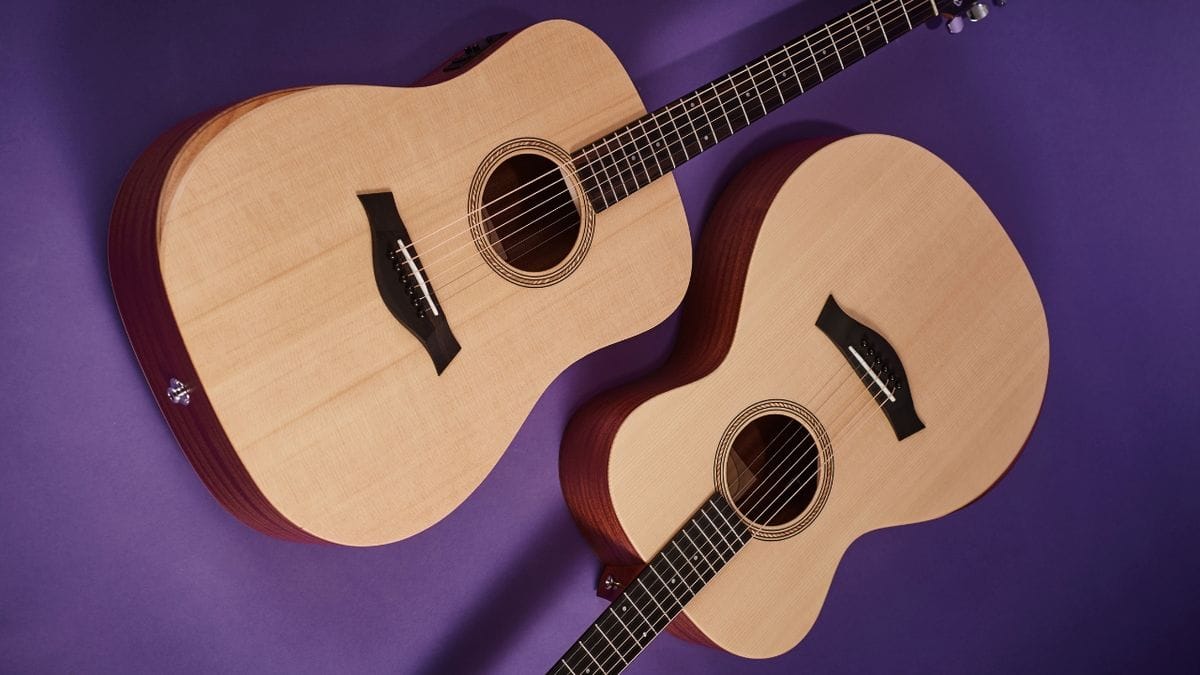Starting guitar is a fantastic way to develop your passion for music. By following the right steps to starting guitar, you can make your learning process more effective. This guide provides essential information for beginners, giving you the best starting point to begin your musical journey.
Choosing The Right Guitar: Acoustic, Electric, Or Classical?
When starting to play guitar, choosing the right guitar can directly impact your learning experience. Starting guitar with the right choice of instrument is crucial. For beginners, acoustic guitars are usually the best option. Acoustic guitars provide a natural sound and are generally more affordable. However, if you’re drawn to rock or other genres, an electric guitar may be a better choice. It’s important to pick a guitar that fits your personal preference and playing style. Starting guitar with the right instrument ensures a more enjoyable learning experience.
Learning Basic Chords And Strumming Patterns
Learning Basic Chords
Learning basic chords and strumming patterns is one of the most important steps when starting guitar. The first chords to learn are typically the most common ones, like C, G, D, and E. Mastering these basic chords will give you a solid foundation for playing most songs. In addition, learning basic strumming patterns will help you stay in rhythm and play along with others. Starting guitar with these fundamentals ensures that you can progress quickly as you move on to more complex songs.
Understanding Guitar Anatomy: Key Parts Every Beginner Should Know
To become a better guitarist, it’s essential to understand the anatomy of the guitar. Starting guitar involves learning the key parts of your instrument, such as the headstock, neck, body, and strings. Understanding how these parts work together will help you take care of your guitar and use it more effectively. Additionally, knowing the role of each string and the function of the frets will enable you to make the most out of your practice sessions.
Essential Guitar Techniques: Finger Placement And Hand Positioning
Proper finger placement and hand positioning are essential for any guitarist. Starting guitar requires learning how to place your fingers correctly on the fretboard to produce clear, clean notes. Good hand positioning helps you play with ease and prevents strain or injury. Focus on keeping your wrist relaxed and your fingers pressing down the strings with the right amount of pressure. As a beginner, practicing finger placement and hand positioning will improve your playing speed and comfort.
Practical Tips For Consistent Practice And Progress
Consistent practice is key to improving as a guitarist. Starting guitar involves committing to regular practice sessions to build muscle memory and improve technique. Set aside time each day to practice your chords, scales, and strumming patterns. It’s important to break down your practice routine into manageable chunks and focus on one skill at a time. Additionally, using tools like online tutorials, metronomes, or apps can help track your progress and keep you motivated.
Starting guitar is an exciting journey that can lead to endless musical possibilities. With the right equipment, techniques, and consistent practice, you’ll see your progress and enjoy every step of the way.
See you in the next post,
Anil UZUN

